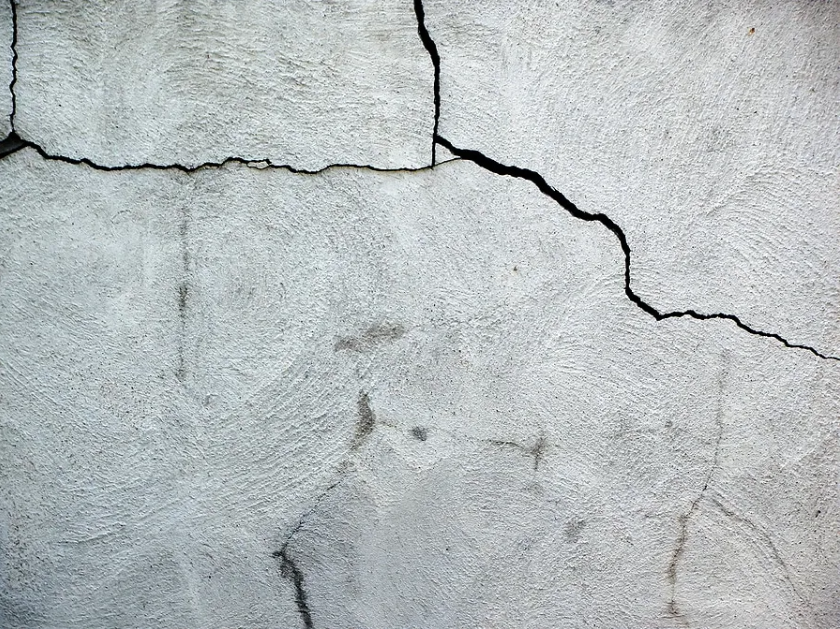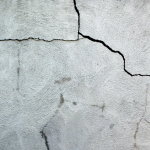As a homeowner, the appearance of vertical cracks in your basement walls can be a cause for concern. Vertical cracks, although common, should not be ignored, as they may indicate underlying structural issues. In this professional guide, we will explore the reasons behind vertical cracks in basement walls, the potential risks they pose, and the step-by-step process of repairing them with precision and expertise.
Natural Settlement:
Vertical cracks often result from the natural settling of a home. As the soil beneath the foundation adjusts to the weight of the structure, vertical cracks may form.
Hydrostatic Pressure:
Excessive water pressure from saturated soil surrounding the foundation can exert force on the basement walls, leading to vertical cracks.
Concrete Shrinkage:
During the curing process, concrete can shrink, creating vertical cracks. This is a common occurrence in newly constructed homes.
Structural Issues:
In some cases, vertical cracks may be indicative of more serious structural problems. It’s crucial to assess the severity and extent of the cracks to determine the appropriate course of action.
Assessment and Preparation:
Thorough Inspection:
Begin by conducting a comprehensive inspection of the vertical cracks. Measure their length, width, and depth. Document any additional signs of structural issues such as bowing walls or displacement.
Crack Classification:
Classify the cracks based on their size and severity. Fine, hairline cracks may not pose an immediate threat, but larger, wider cracks may require more extensive repairs.
Moisture Assessment:
Check for signs of moisture or water infiltration around the cracks. Moisture issues can exacerbate crack formation and compromise the integrity of the repair.
Gather Materials and Tools:
Assemble the necessary materials and tools for the repair. This may include epoxy or polyurethane injection materials, hydraulic cement, a chisel, a wire brush, and safety equipment.
Repairing Vertical Cracks:
Clean and Prepare the Crack:
- Use a wire brush or chisel to remove debris, loose concrete, and any contaminants from the crack.
- Clean the crack thoroughly to ensure proper adhesion of the repair materials.
Inject Epoxy or Polyurethane:
- For fine cracks, epoxy injection is suitable. It fills the crack and reinforces the structure.
- Polyurethane injection is effective for wider cracks, expanding to create a watertight seal.
Apply Hydraulic Cement:
- Use hydraulic cement to fill any remaining voids or gaps in the crack.
- Ensure a smooth and even application, following product guidelines.
Monitor and Allow for Cure Time:
- Keep a close eye on the repaired cracks during the curing process.
- Follow the recommended cure time for the chosen repair materials.
Preventive Measures:
Address Underlying Issues:
Investigate and address any contributing factors such as poor drainage, excessive hydrostatic pressure, or foundation settling to prevent future cracks.
Regular Inspections:
Conduct periodic inspections of your basement for any signs of new cracks or structural issues. Early detection allows for timely intervention.
Repairing vertical cracks in your basement demands a professional approach to ensure the longevity and stability of your home’s foundation. By understanding the causes of these cracks, conducting thorough assessments, and employing precise repair techniques, homeowners can safeguard their investments and mitigate the risks associated with structural damage. Whether through epoxy or polyurethane injection, the key lies in meticulous preparation and adherence to best practices, ensuring a durable and effective solution for vertical crack repairs in your basement.
Contact the Professionals at Everdry Waterproofing Of Columbus Today! (614) 850-5600





